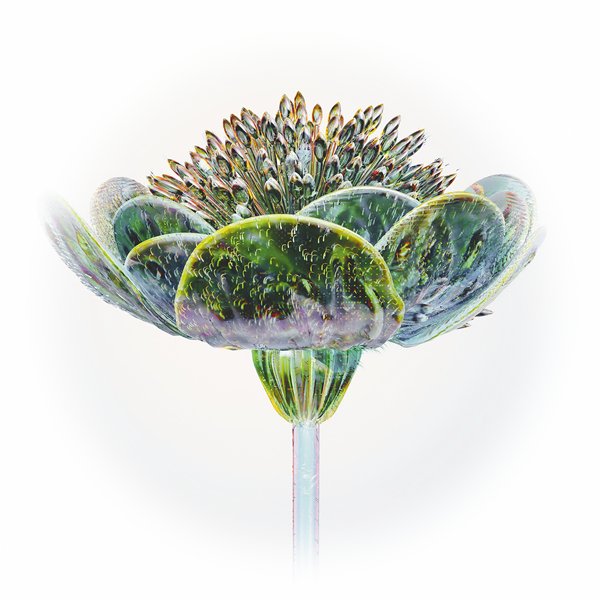We all dream, and this several times a night: it is estimated that this mental activity occupies at least 25% of our sleep time (Source : « Pourquoi rêvons-nous » d’Isabelle Arnulf, Pour la Science, n°459, décembre 2015). But why and how do we dream? Recent research, carried out in particular thanks to the study of dream banks and the analysis of the cerebral activity of sleepers, has allowed us to advance our knowledge of the causes and mechanisms of our dreams. Contrary to what was thought until recently, dreams occur as much during slow wave sleep as during REM sleep cycles, where brain activity is as intense as when we are awake. As a result, we dream no less than three to six times a night. This figure is higher on average in women and people with heightened creativity, who are probably more attentive to their environment.
How does our brain build the more or less strange scenarios of our dreams? It is estimated that nearly 90% of them refer to events that we experienced the day before. The brain stem activates certain images from the previous day, which the rest of our brain then completes, which explains the sometimes cryptic aspect of our dreams. This explains the sometimes cryptic aspect of our dreams. However, they are useful, allowing us to optimize the memorization of the previous day’s events and to consolidate our learning. And why do we have nightmares? Dreams contain on average twice as many negative emotions as positive ones. This is particularly the case during REM sleep because the amygdala, the emotional center of the brain, is very active. Although they can leave an unpleasant impression when we wake up, these nightmares are a sign of good mental health. Researchers now believe that they serve to simulate dangerous situations so that we can better cope with them when we are awake.
Although scientists are devoting more and more research to it, dreams continue to be a vast continent of exploration and above all a fertile source of inspiration.


















